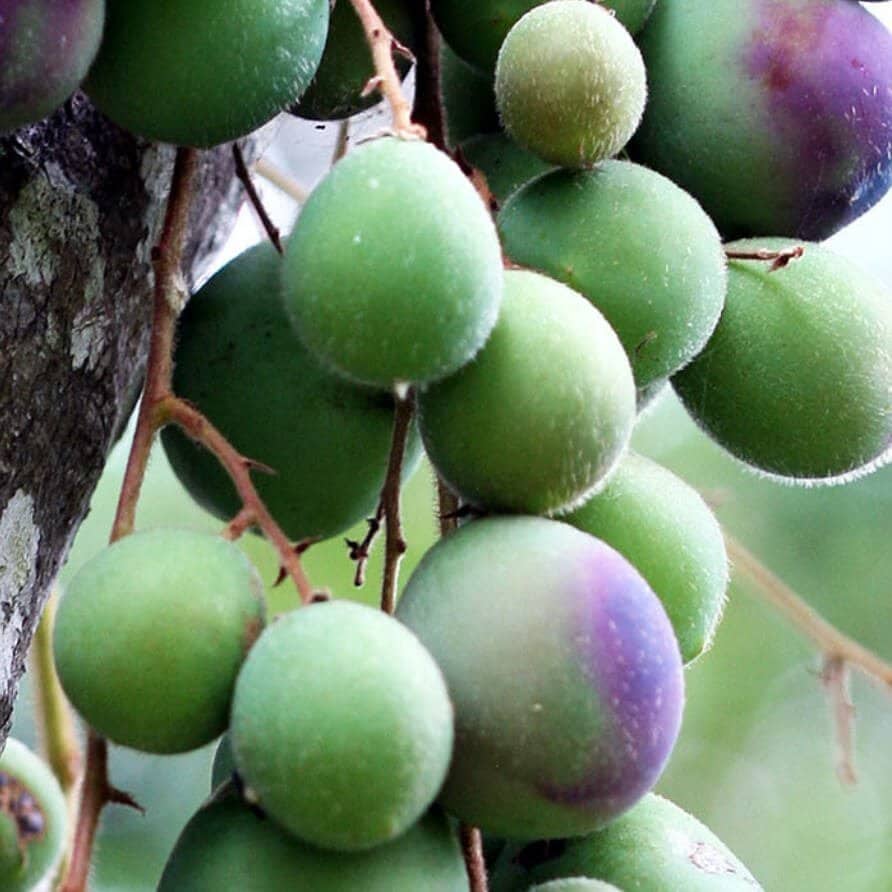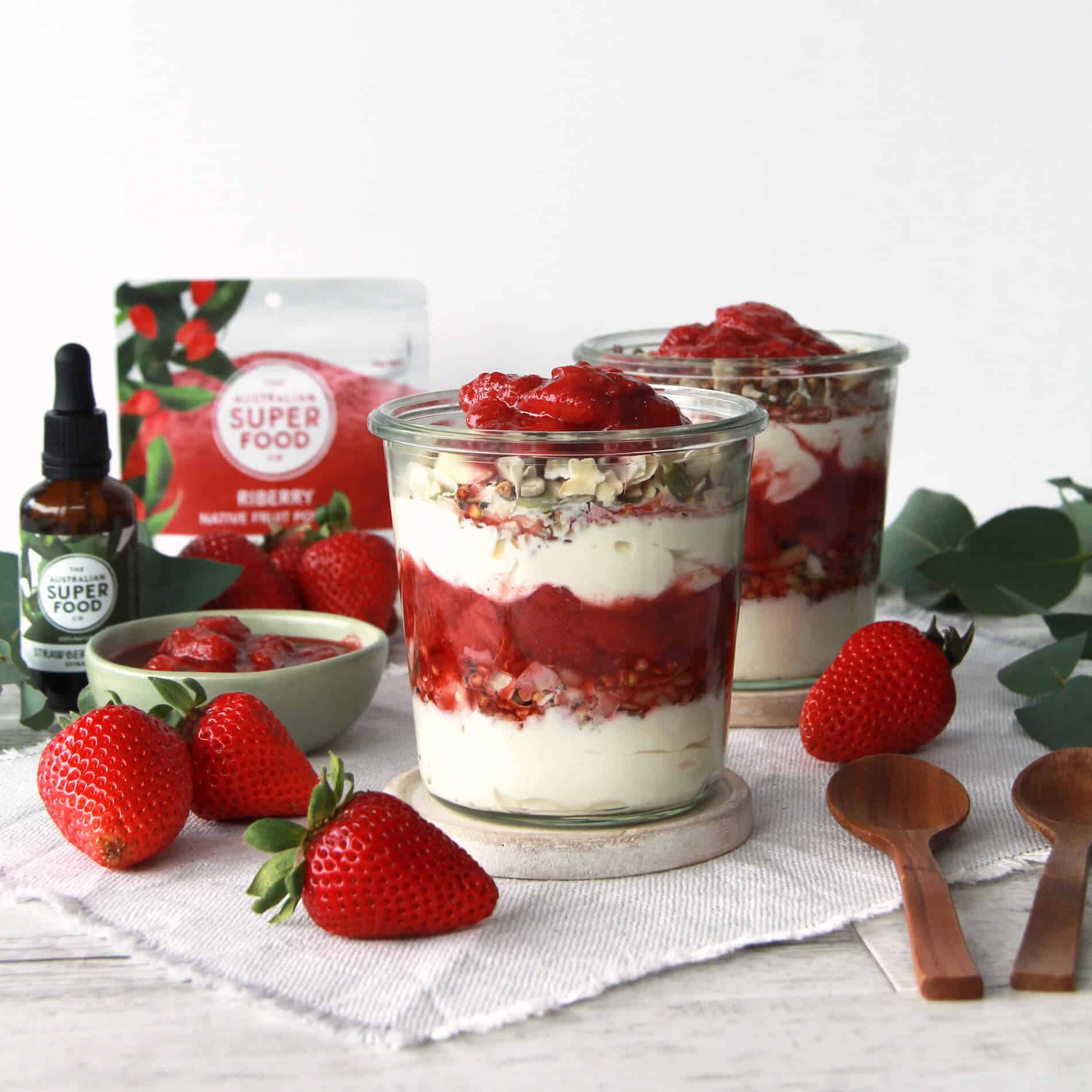Lemon Myrtle
30/01/2015The Lemon Myrtle is a beautiful Australian shrub, whose leaves have been used by Indigenous Australians for a swag of purposes. Sucking on them provided both hydration and a boost of nutrients, vitamins and minerals. The disease-fighting high-antimicrobial properties in the leaves were released by chewing them or crushing them into a paste. The paste was then rubbed into sores and boils. The leaves were also burnt to release their insect-repelling properties. Ooroo mozzies ooroo!
Lemon Myrtle leaves have also been used traditionally to flavour foods and as a healing oil. The leaves can be used fresh or dried and the oil can be extracted through distillation.
Health Benefits
- The most concentrated source of plant citral (>90%). Citral contains powerful antimicrobial and antifungal properties, which are even superior to those of terpene hydrocarbons found in the renowned tea tree oil.
- An exceptional, vegan source of calcium.
- A good source of lutein – a carotenoid vitamin that plays an important role in eye health, improving symptoms in atrophic age-related macular degeneration, which is the leading cause of vision loss in aging Western societies. Lutein protects the retina from damage by inhibiting inflammation.
- A great source of antioxidants, such as phytochemicals that provide antioxidant activity in both the hydrophilic and lipophilic environment. These antioxidants provide comprehensive protection from oxidative stress, as well as other health benefits.
- An excellent source of folate, Vitamin A, Vitamin E and essential minerals including zinc and magnesium. These nutrients are required for the synthesis and self-repair of DNA.
Taste and Smell
Considered the “queen” of the lemon herbs, Lemon Myrtle is undoubtedly one of the most popular Australian native herbs. It has a fresh aroma of citrus, with delicate menthol essence and a strong lemon flavour, which is sweet and refreshing.
Food Uses
In cooking, Lemon Myrtle can be used in both sweet and savoury dishes. The leaves can be substituted for bay leaves, in marinades, soups, stews, casseroles and roasts. The flavour is intense, but used sparingly (like a bay leaf), will complement chicken, lamb, kangaroo and beef dishes delightfully well.
Taste the luscious in the Lime, Coconut, Macadamia Burst Paleo Granola or add Lemon Myrtle to your cooking in order to impart a fresh, lemony flavour.
Nutrition










